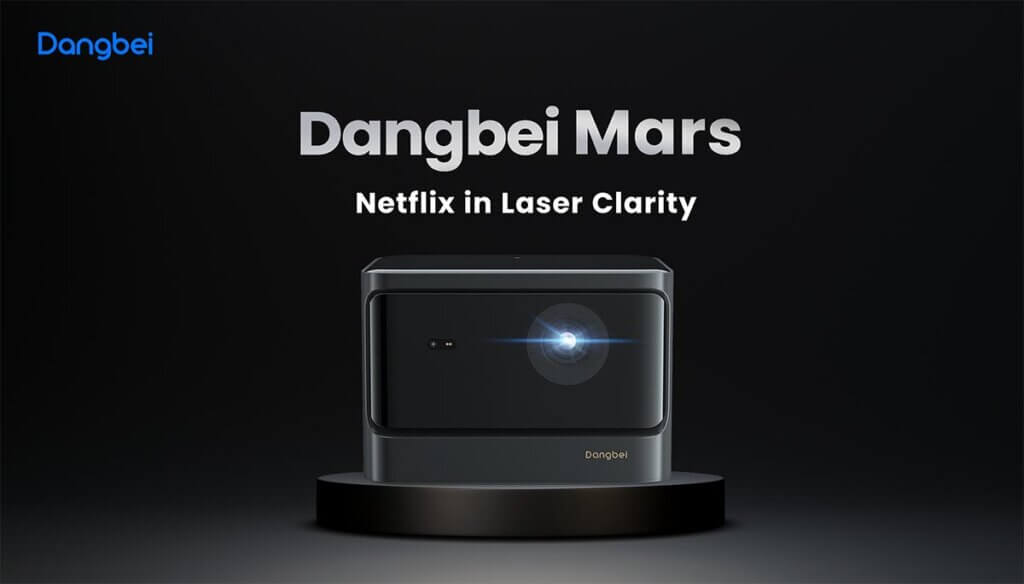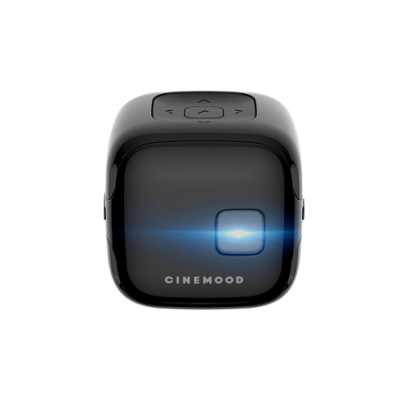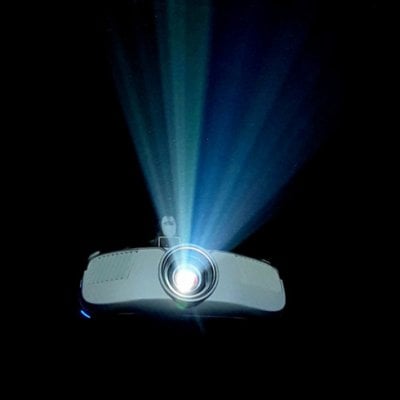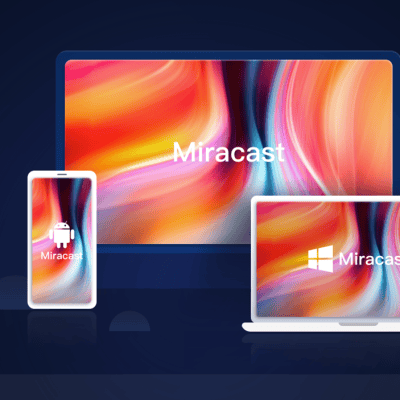In today’s digital age, we spend a significant portion of our lives staring at screens, be it smartphones, tablets, laptops, or television. Concerns about the impact of screens on our eyes have led many to explore alternatives. One such alternative is projectors. But are projectors truly better for your eyes? In this article, we will delve into the advantages and disadvantages of using projectors from an eye health perspective.

The Bright Side of Projectors
- Reduced Eye Strain: One of the primary benefits of projectors is that they can potentially reduce eye strain. Unlike traditional screens, projectors project images onto large screens or walls, which can create a more comfortable viewing experience. With less need to squint or strain your eyes, projectors may reduce the discomfort associated with staring at smaller screens for extended periods.
- Adjustable Screen Size: Projectors offer the flexibility to adjust the screen size to your preference and room dimensions. This adaptability enables viewers to maintain a comfortable distance from the screen, which is a recommended practice for eye health. You can have a cinematic experience without the need to sit too close to the screen.
- Dimmable Lighting: Projector setups often involve dimming the room lights to improve image visibility. Reduced ambient light can be gentler on the eyes and may reduce glare. This can also be beneficial for individuals with light sensitivity.
The Dark Side of Projectors

- Potential for Brightness: While the dimmable lighting can be an advantage, it can also become a disadvantage if the projector’s brightness is too high. Overly bright projectors can strain the eyes just like excessively bright screens. It’s essential to strike the right balance. Dangbei Mars projector has the AI Brightness Adjustment function. The integrated high-precision light sensor intelligently recognizes ambient light and automatically adjusts image brightness to best suit your viewing environment.
- Room Conditions: For a projector to work optimally, you need a dark or dimly lit room. This requirement might not be suitable for everyone. Some individuals may find dim lighting uncomfortable or impractical, especially during the day.
- Image Quality: Projectors often have lower pixel density compared to modern high-resolution screens. Lower image quality can lead to eye strain if you’re trying to read small text or watch intricate details in the content.

Tips for Eye-Friendly Projection
If you decide to use a projector and want to ensure it’s gentle on your eyes, here are some tips:
- Control Brightness: Adjust the projector’s brightness to a comfortable level. It should be bright enough for you to see clearly but not so bright that it causes discomfort.
- Maintain a Safe Distance: Place the projector and screen in a way that allows you to sit at a safe and comfortable distance. This distance varies from person to person but is generally a few feet away from the screen.
- Take Breaks: Just as you would with any screen, remember to take regular breaks. Follow the 20-20-20 rule: every 20 minutes, look at something 20 feet away for at least 20 seconds.
- Consider Screen Quality: If you’re using a projector for long hours of reading or intricate work, invest in a high-quality screen that offers better image clarity.
Conclusion
Projectors can be a better option for your eyes compared to smaller screens if used correctly. Their ability to reduce eye strain, adjustable screen size, and dimmable lighting can enhance the viewing experience. However, it’s essential to be mindful of brightness, room conditions, and image quality. As with any screen, responsible and moderate use is key to maintaining good eye health. Always consider your comfort and make necessary adjustments to ensure an eye-friendly projection experience.




